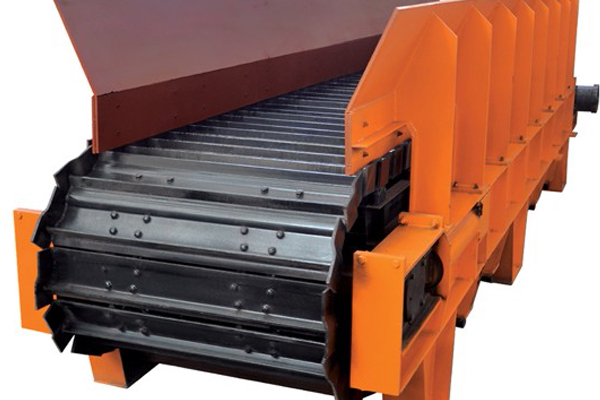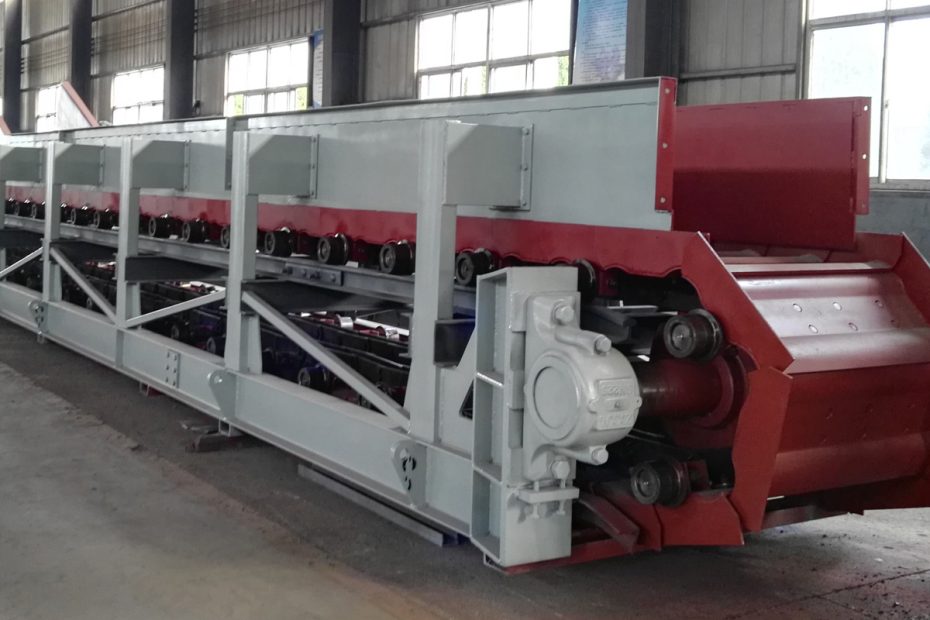Heavy-duty Apron Feeder is an auxiliary equipment of transportation machinery. It is used as a silo to continuously and evenly feed primary crushers in the crushing and grading workshops of large-scale ore dressing plants and in cement, building materials and other departments. It can also be used to transport materials with large particle size and specific gravity over short distances. In order to avoid the material directly hitting the feeder, the silo is required not to be unloaded.
Four Major Technical Features of Heavy-duty Apron Feeder
- The heavy-duty Apron Feeder has a reasonable design structure and has the characteristics of withstanding large load impact and heavy-load start-up.
- The frame of the heavy-duty Apron Feeder is welded with low-temperature resistant steel plates, with high design strength, impact resistance and low temperature resistance. Chains, load-bearing rollers and return rollers are all well-known domestic and foreign brand products (maintenance-free within five years).
- In order to reduce the leakage of dust materials and run smoothly, the conveying chain plate section of the heavy-duty Apron Feeder is specially designed, and the conveying plates are closely overlapped by arc plates to prevent dust materials from leaking between the conveying plates.
- The heavy-duty Apron Feeder is driven by variable frequency drive or hydraulic drive, and the feeding amount can be adjusted according to the site requirements.
- The Apron Feeder has high traction chain strength and can be used for long-distance transportation. The maximum conveying length can reach 18m.
- The Apron Feeder is flexible in layout and can be driven left or right. It can convey materials horizontally or tilted. Its tilt angle is 0≤a≤25°. Users can select it according to the actual site.

Conclusion
The Apron Feeder is a device used for continuous conveying of bulk materials. It can adapt to materials of different particle sizes and weights, from fine particles to larger lumps. It is widely used in mining, building materials, chemical industry, metallurgy and other industries.
